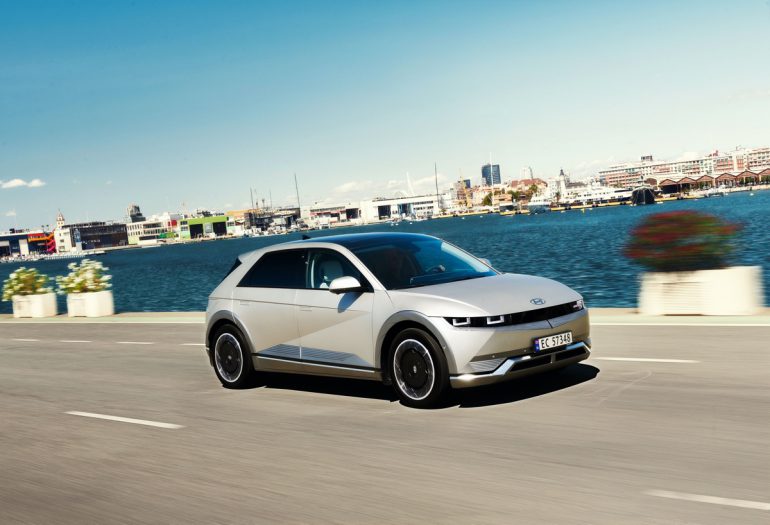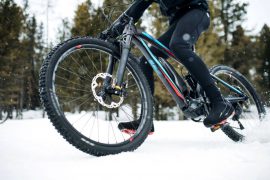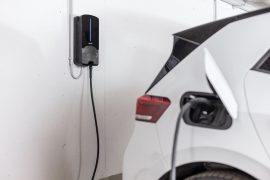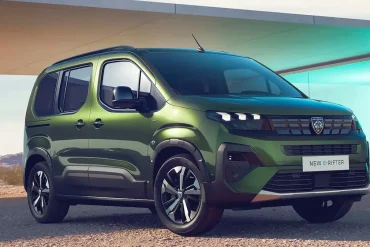In 2020, e-cars in Germany achieved an average range of 352 kilometres. This is slightly less than a year earlier, which is due to the now larger range of smaller e-cars with a medium range. Tesla produces the cars with the longest range, with a Tesla Model S or 3 reaching almost 600 kilometres according to the WLTP. The German manufacturers are catching up strongly, but drivers’ eyes still wander far too often to the remaining kilometre display. Even though technology is making great strides in this regard, you should follow a few tips that can significantly increase the range. This is especially important if you are planning a longer trip for private or business purposes.
WLTP
How the range of e-cars is measured
In 2017, the EU introduced a new measurement procedure for emissions and consumption, the so-called WLTP (Worldwide harmonised Light Duty Test Procedure). It should provide more realistic information on consumption than the previous measurement procedure (NEDC). With a fully charged battery, consumption is determined at a test temperature of 23 degrees (which in the EU is supplemented by a test at 14 degrees) over a distance of about 23 kilometres or about 30 minutes under various conditions: in the city (average speed without stops about 26 km/h), on interurban roads (about 45 km/h), on motorways (about 61 km/h and on motorways (about 94 km/h). However, the average speed is only 47 km/h and the maximum speed just 131 km/h. Moreover, it accelerates from 0 to 60 km/h in a leisurely 10.4 seconds, which – as any e-car driver can confirm – is a rather unrealistic value. As a result, WLTP is closer to actual consumption, but still far from realistic values. Especially at low or very high outside temperatures and driving with many inclines, it is not even close to achieving the WLTP values.
1. travelling at around 90 km/h
As is the case with combustion vehicles, high speed also has a negative effect on the range of e-cars. If you read the box “This is how the range of e-cars is measured”, you will see that WLTP is still a mostly theoretical value that can hardly be achieved in practice. However, the closer you stick to the test conditions in WLTP, the more likely you are to achieve this range. In various tests, an average speed of 90 km/h has proven to increase the range, which is more of a no-go on motorways. But even if you only drive 110 km/h on motorways instead of 130 km/h, you save a lot of range.
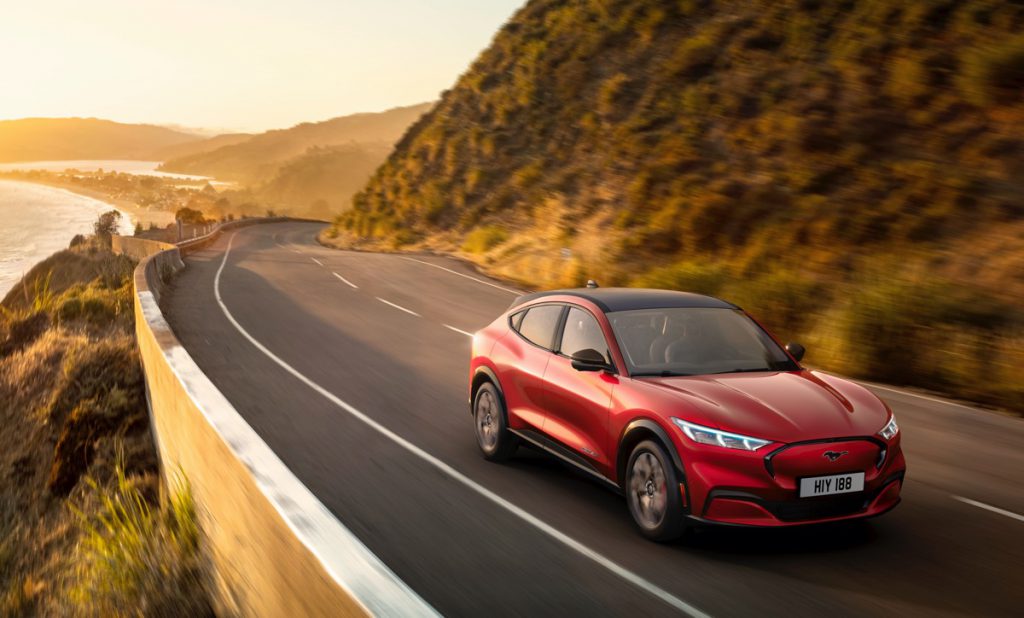
Of course, heavy acceleration, frequent short trips and driving uphill, as well as a high base speed, are not conducive to a high range. And of course, driving with foresight also reduces fuel consumption in electric cars.
2. Observe the 80 to 20 rule
As with the batteries of a smartphone, the charge level of the lithium-ion batteries of an electric car should be between 20 and 80 percent. This means that you should only fully charge your electric car when you are planning a longer tour. Constantly charging to 100 percent will quickly age the battery, and the same applies to the lower limit of 20 percent. But falling below this regularly is too nerve-racking anyway.
3. Avoid fast charging
“I can fully charge my e-car in 30 minutes!” This proud saying is not seldom heard. In fact, this is possible with so-called fast chargers or super chargers, but you should know that fast charging is not good for the battery at all, so you should use it as sparingly as possible. If you have to resort to fast chargers, then you should only charge the battery up to 80 per cent; charging the remaining 20 per cent takes almost as long. Important to know: There are e-vehicles with a special battery that should always be charged to 100% (e.g. certain Tesla Model 3 with Standard Range Plus).
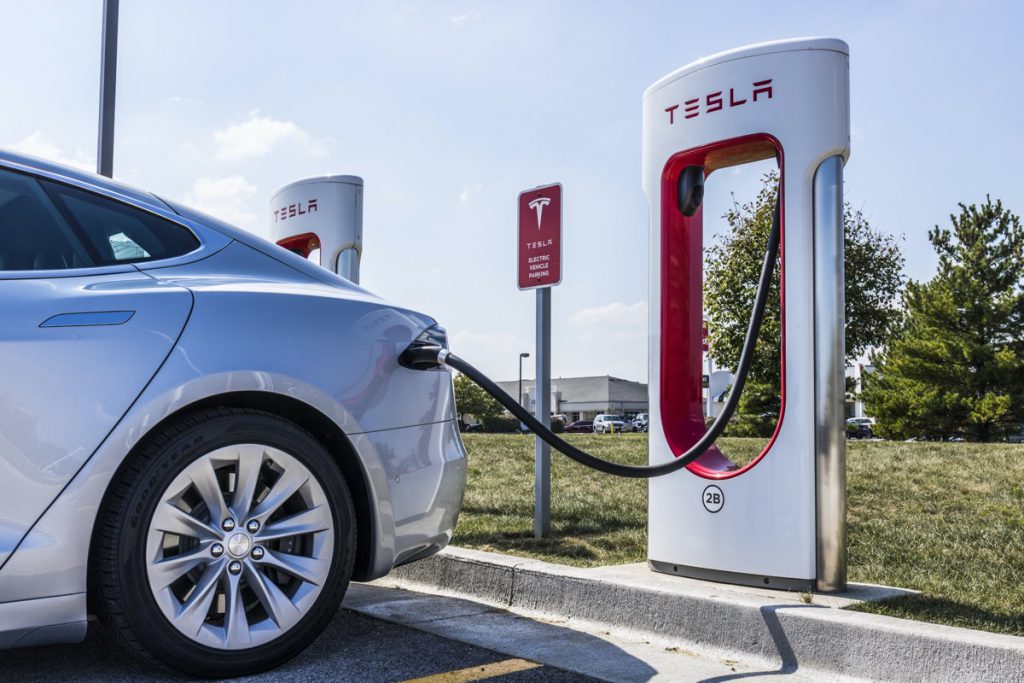
4. Prefer moderate climate when parking
Those who have the opportunity should park their e-car in the garage and not leave it outside in extreme temperatures. The temperature of high-voltage batteries is always within optimal limits, even when the vehicle is not in use. So you don’t have to be surprised if the compressor is still running when the vehicle is parked. This operating time can be significantly reduced with temperatures in the range of 15 to 25 degrees when parked.
5. Leave the car plugged in at the charging station
Of course, you don’t drive straight back to the filling station when you have driven 50 km with a full tank. But you should reconnect your e-car to the grid even after short distances. However, a regular, daily charging routine is only recommended with a low-voltage charger. At low temperatures, for example, it makes perfect sense to charge the battery immediately after the journey because it is still warm then. Incidentally, you should only finish the charging process when you set off. Ideally, you plan your departure via an app or the on-board computer. Then the battery can be pre-air-conditioned while it is still connected to the mains.
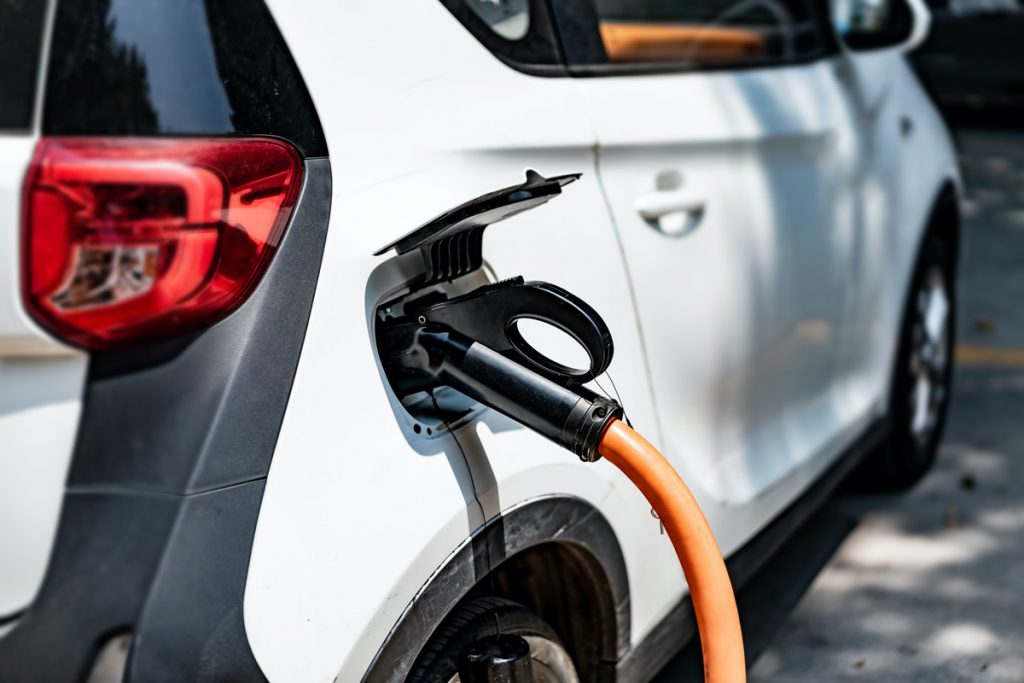
6. Adjust driving mode
Of course, the driving mode also affects the range. Not only yours, but also that of the electric car. Every electric car has at least two driving modes. In the Tesla Model 3 they are called “Casual” and “Standard”, elsewhere “Eco”, “Eco+”, “Comfort” or “Sport”. If you want to increase the range, you should drive in the most economical mode. In this mode, the power is limited to certain kilowatts, which is not a disadvantage, especially in city traffic, but increases the range.
7. Recuperative braking
You should definitely activate the recuperation function on your Stromer. When braking or reducing speed, energy is released which is then fed back into the battery. On the one hand, this technology makes pressing the brake pedal almost superfluous – the car brakes as soon as you take your foot off the accelerator – on the other hand, it allows you to get a few extra kilometres. You will realise that this is not insignificant when you drive down a mountain pass. It may well happen that the range is suddenly 20 km greater than at the top of the pass. However, you will almost certainly have needed a range of 30 km to climb the pass. Nevertheless, if you drive down the pass without recuperation, you give up these 20 km.
8. Avoid air conditioning
You should avoid high heating and air conditioning loads. It is better for the range if you use the steering wheel and seat heating instead to warm up the interior a little. Pre-air conditioning via app should only be done in extreme temperatures when the car is connected to the mains.
9. Check tyre pressure regularly
As with combustion, the same applies to e-cars: too low tyre pressure increases rolling resistance and thus consumption. If the tyre pressure drops by only 0.5 bar, this already increases electricity consumption by around 5 percent. In this context, it should also be mentioned that large wheels reduce the range. Blogger Jason Fenske from the USA has looked into this issue and measured a 15 percent higher power consumption when changing from 18-inch rims to 20-inch ones. The reason is the higher centrifugal force that comes with the weight of larger rims. And last but not least, wide tyres also cause more rolling resistance.
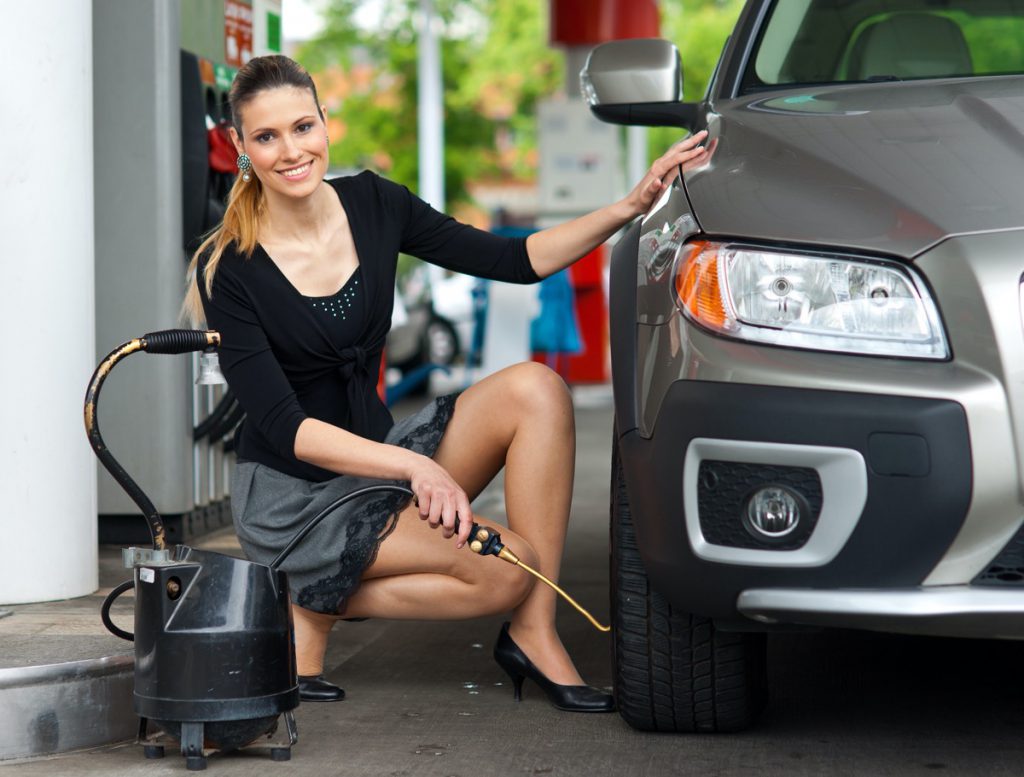
10. Avoid unnecessary load
This tip may sound trivial. Who loads more than necessary into their car? We should ask the question differently. Who hasn’t loaded more than necessary? Have a look in the boot of your car? Maybe you will find one or two items that have a significant impact on fuel consumption due to their heavy weight and have been there for a long time. Why should you carry that recently bought crate of beer around in the car?
11. Avoid air resistance
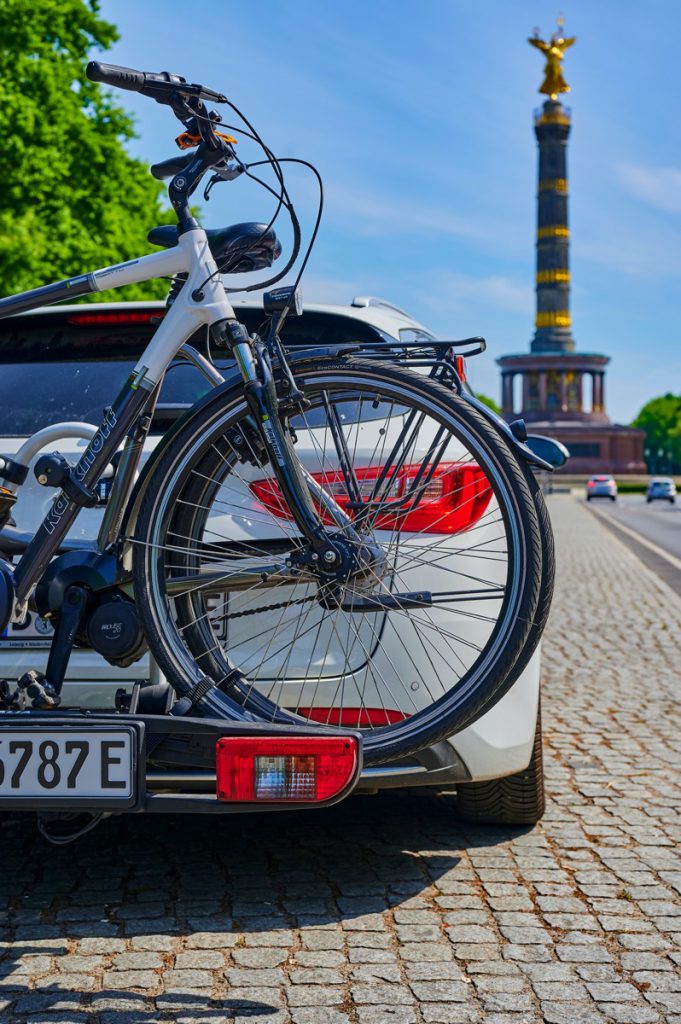
If the roof or rear rack is not used, you should remove it. It increases air resistance significantly, and the roof-mounted version performs much worse in relation to the rear-mounted version. Bikes on the roof increase consumption by almost 40, if you mount them on the rear only by about 20 percent. This applies to both internal combustion and electric vehicles.
You can also lower your vehicle to reduce air resistance. The Model S from Tesla even has an air suspension that can be lowered on motorways, for example. But of course you can also lower your car permanently. You will then save on range, but you will have to be a little more careful when parking.
Text: Harald Gutzelnig / electricar
Images: Shutterstock, lead image Hyundai, image 1 Ford

